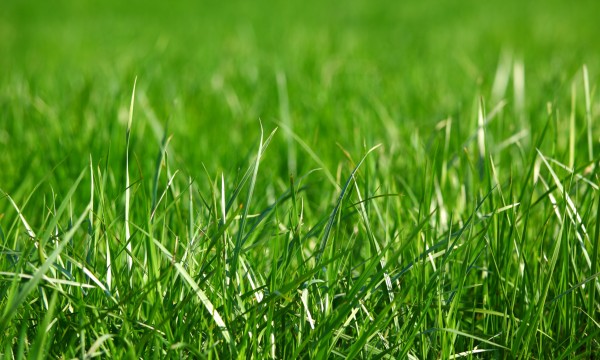Lawn grasses are by nature tough, resilient plants, yet they do require ongoing care. To keep your lawn in peak condition, you can perform a few easy tricks used by professionals.
- Browse Categories
- All Tips
-
Home & Garden
- All
- Appliances
- Bathroom
- Cleaning
- Crafts
- Decorating
- Electrical
- Flooring
- Furniture
- Garage Door
- Gardening
- Green Living
- Heating
- Home Alarm Systems
- Home Maintenance
- Home Remedies
- Home Security
- Home Staging
- House Sitting
- Junk Removal
- Kitchen
- Lawn Care
- Lock Systems
- Moving
- Outdoor Living
- Pest Control
- Plumbing
- Renovation
- Roofing
- Snow Removal
- Storage
- Tools
- Tree Service
- Health
- Family
- Travel
- Auto
- More Tips

4 professional ways to maintain a care-free lawn
October 9, 2015

1. Top Dressing
One of the easiest and best treatments for your lawn is top-dressing, which you can do in fall.
- Simply sprinkle a 1.5-centimetre-thick (half-inch-thick) layer of screened, dry compost or very well-rotted manure over the grass, where it will release nutrients, encourage earthworm activity and condition the soil.
- Spread any clumps evenly with the back of a metal rake and water it thoroughly.
- You can also use a mixture of topsoil, sand and peat moss instead of compost, which will help to make soil crumbly.
2. Mowing and growing
- Grow grass to the optimum height for the species, cut no more than one-third of the blade at a time and let the clippings fall back into the lawn for beneficial soil organisms to recycle into nutrients.
- Use a balanced organic fertilizer and limit use of herbicides or fungicides.
3. Watch out for thatch
Even in the healthiest lawns, stems, shallow roots and other wiry plant parts can knit together into a tight mat known as thatch, which keeps water and fertilizer from penetrating the soil. This tough vegetation is slow to decompose, but you can help it break down by encouraging earthworms and soil organisms to do their jobs. Keep in mind that vigorous, mat-forming grasses are more prone to developing thatch. If thatch builds up thicker than 1.5 centimetres (half an inch), it must be removed. Here's how:
- Simply probe with your fingers around the base of grass plants to determine how thick the layer is.
- You can remove thatch manually by raking vigorously with thatch rake.
- Rent a power dethatcher, often called a power rake, for larger lawns. The dethatcher cuts through the layer and lifts it so it can be raked up.
- Dethatch in spring and fertilize afterwards to help the grass recover quickly.
4. Soil's well that ends well
Soil must be crumbly, or friable, enough for air, water and fertilizer to move through it freely to the roots of grass. Lawns grown in clay soil or in soil that has been compacted by heavy foot or vehicle traffic lose vigour and are easy prey for diseases. Here's how to ensure the soil is properly broken up.
- To break up heavy or compacted soil, pierce the surface with numerous tiny holes. In very small areas, you can do this by sinking in a garden fork straight down, then wiggling it back and forth to enlarge the holes.
- For large lawns, you can rent a machine called a lawn aerator, which pulls up plugs of soil and leaves them on the grass. Don't bother to remove the plugs; they break down in about a week.
- Aerate your lawn in early spring, when the soil is moist, and spread fertilizer when you've finished to promote new growth.
- You can also spread gypsum at the rate recommended on the package label. Gypsum is a soil conditioner that helps to break up sticky clay soil particles; it improves water and air circulation around the roots of grass plants.
The most important lawn-keeping tasks are fertilizing, watering, weedeing, mowing, and preventing pests and diseases. If you think of lawn grasses as low-growing foliage plants, valued for their leaves, it's easy to work with their natural growth cycles. Follow these 5 keys to a successful lawn that is the envy of all your neighbours.






